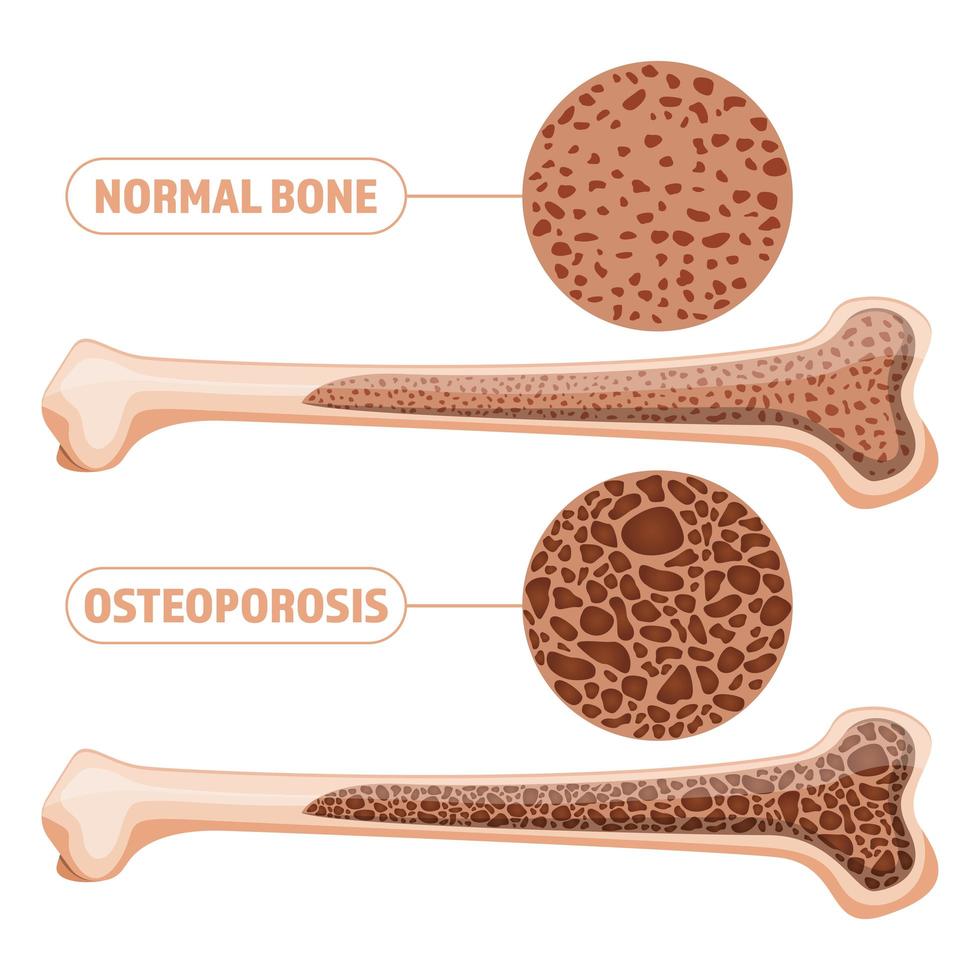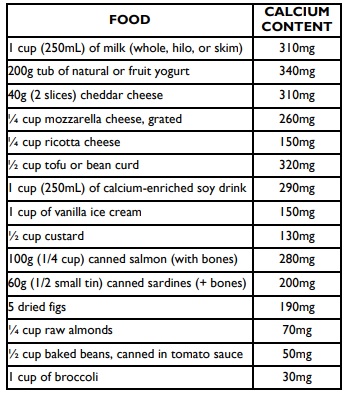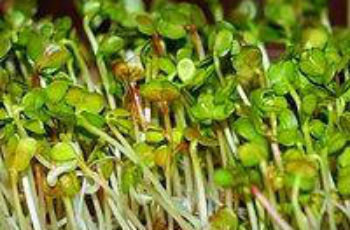Our bones are constantly wearing away, so calcium from the foods you eat is required to rebuild and maintain a strong healthy bone structure. In others words, osteoporosis (porous bones) can develop if the foods you eat don’t support bone health. Therefore bones become very fragile and are likely to break from the slightest injury or fall.
Do you at risk?
If you have eating problems you may be at risk of developing bone loss. Although it is easy to think of osteoporosis as a disease that only affects older women, about half of young people with Anorexia Nervosa have osteoporosis. About 85% of recovered Anorexia Nervosa patients have bone mineral deficiencies, even females who have regained their periods and are within 10% of ideal body weight. People with other eating disorders are also at risk, especially if they have had Anorexia Nervosa or significant weight loss. The damage caused by osteoporosis is often discovered only after fractures occur, or even later. Hip fractures are painful and easily detected, but lumbar spine fractures may initially be painless. Bone loss can accelerate at any age, due to excessive weight loss and excessive exercise.
Daily Calcium Requirements:
| Children ( 1-8 yrs) | 500-700 mg/day |
| Adult Men | 1000 mg/day |
| Children ( 9-13 yrs ) | 1000-1300 mg/day |
| Adult Women | 1000 mg/day |
| Adolescents ( 14-18 yrs ) | 1300 mg/day |
| Anorexia Nervosa | 1500 mg/day |
What can you do?
Treatment includes weight restoration, normalizing body composition (particularly fat content), eating calcium-rich foods, and using calcium and vitamin D supplements. Vitamin D plays an important role in calcium absorption and bone health. It is made by our body through the action of sunlight on the skin and is found in foods such as mackerel, sardines, eggs, margarine, and cheese. Calcium supplements come in various forms, are usually easy to take, and cause few problems. Minimize foods that inhibit the absorption of calcium, such as salty food and caffeine. High protein diets also increase calcium loss from the body via urine.
Sources of Calcium
A well-balanced diet rich in calcium and vitamin D is important for healthy bones. Good sources of calcium include dairy products, canned fish with bones, almonds, and some leafy greens.
Vitamin D
Vitamin D improves your body’s ability to absorb calcium and improves bone health in other ways. People can get some of their vitamin D from sunlight, but this might not be a good source if you live in a high latitude, if you’re housebound, or if you regularly use sunscreen or avoid the sun because of the risk of skin cancer.
To get enough vitamin D to maintain bone health, it’s recommended that adults ages 51 to 70 get 600 international units (IU) and 800 IU a day after age 70 through food or supplements.
People without other sources of vitamin D and especially with limited sun exposure might need a supplement. Most multivitamin products contain between 600 and 800 IU of vitamin D. Up to 4,000 IU of vitamin D a day is safe for most people.
Exercise
Exercise can help you build strong bones and slow bone loss. Exercise will benefit your bones no matter when you start, but you’ll gain the most benefits if you start exercising regularly when you’re young and continue to exercise throughout your life.
Combine strength training exercises with weight-bearing and balance exercises. Strength training helps strengthen muscles and bones in your arms and upper spine. Weight-bearing exercises — such as walking, jogging, running, stair climbing, skipping rope, skiing, and impact-producing sports — affect mainly the bones in your legs, hips, and lower spine. Balance exercises such as tai chi can reduce your risk of falling especially as you get older.
Swimming, cycling, and exercising on machines such as elliptical trainers can provide a good cardiovascular workout, but they don’t improve bone health.



